Location Budapest, Hungary Built est. 2019 Construction cost 654 million EUR | Surface Grass Capacity 67,889 | |
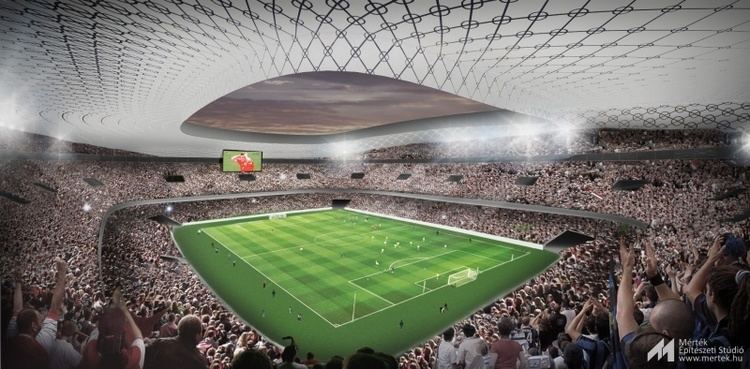 | ||
Owner Hungarian Football Federation Similar Ferenc Puskás Stadium, Kincsem Park, Aquincum Museum, City Park Ice Rink, Citadella | ||
The New Puskás Ferenc Stadium is a multi-purpose stadium under construction in Budapest, Hungary. The stadium's construction started in 2016 and will be finished by 2019. It will be used mainly for football matches. The Stadium is planned to be all-seater with a capacity of 67,889. The Hungarian Football Federation will meet all UEFA and FIFA stadium requirements and expects to be awarded the 5-star rating when construction is finished.
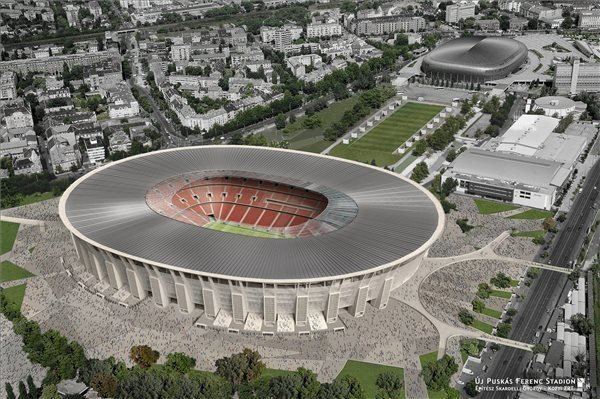
History
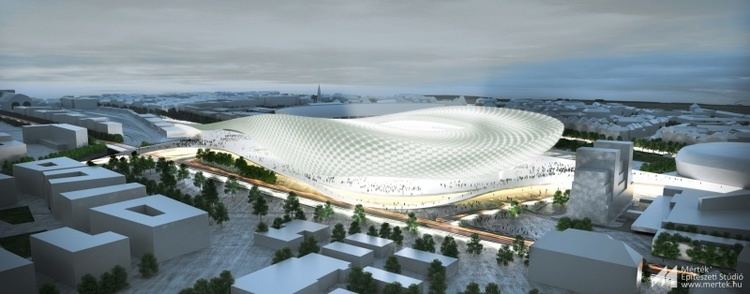
On 26 June 2014, László Vigh said that the construction of the new stadium will cost 90-100 billion Hungarian forint.
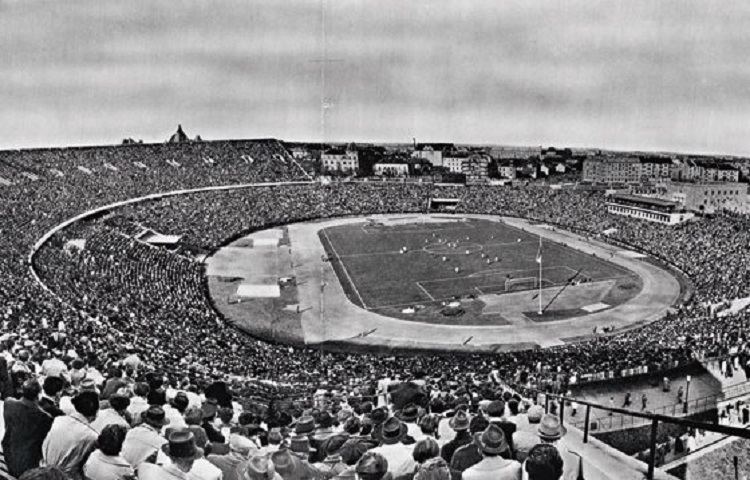
On 1 August 2014, the Nemzeti Sport Központ (the National Sports Center) presented the final vision of Hungary’s new national stadium. Renowned Hungarian architect György Skardelli, author of the nearby indoor arena, László Papp Budapest Sports Arena, revealed his greatest work to date, showing a few very interesting ideas.

On 19 September 2014, the UEFA appointed Budapest to host three group games and one round of 16 game at the UEFA Euro 2020.
On 19 September 2014, Sándor Csányi, the president of the Hungarian Football Federation, said that the fact that Budapest can host the UEFA Euro 2020 is a big achievement of the Hungarian sport diplomacy.
On 23 February 2017, János Lázár, Minister of Prime Minister's Office of Hungary, said that the cost of the stadium will rise to 190 billion Hungarian forint from the previously estimated 100 billion
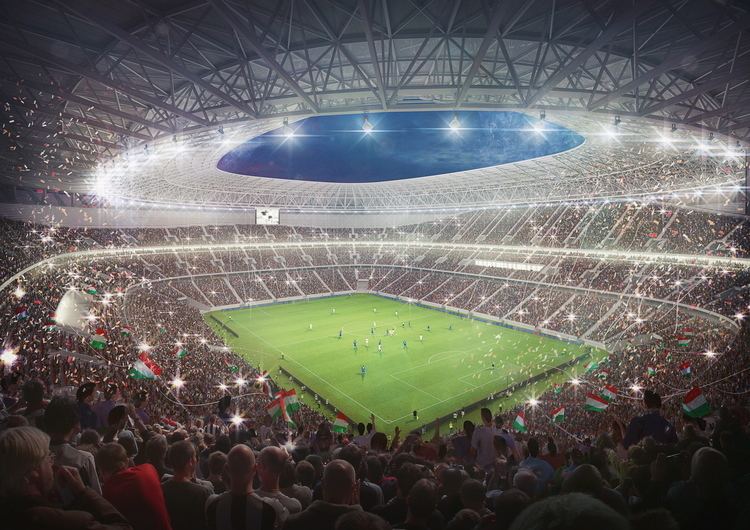
The new Puskás Ferenc stadium was voted the best design by Stadiumdb.com. According to stadiumdb.com, "It’s respectful for the historical context and doesn’t neglect other sports disciplines despite being football-specific. Training running track overlooking the pitch and city skyline is really imaginative, too! And though it seems to be oversized (matching Hungarian football legend instead of actual demand), it also comprises enough infrastructure to make it sustainable."

